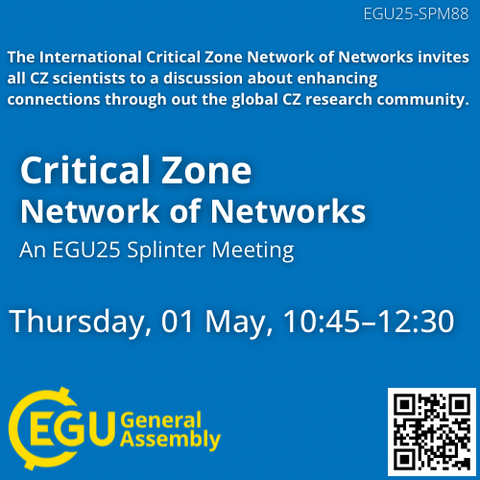Job - Alert 🌱
RESEARCH SCIENTIST (F_M_X) ENVIRONMENTAL SCIENCE
Deadline: 2025-03-23
Location: Germany, Potsdam, Brandenburg
Apply: https://www.academiceurope.com/job/?id=6994
#hiring #EnvironmentalScience #AtmosphericScience #geoecology #Meteorology #NaturalScience #Physics
Job - Alert 🌿
🌏 POSTDOCTORAL RESEARCHER (F_M_X) IN MICROMETEOROLOGY
Deadline: 2025-01-05
Location: Germany, Potsdam, Brandenburg
APPLY: https://www.academiceurope.com/job/?id=5625
#hiring #AtmosphericScience #EnvironmentalSciences #geoecology #geoinformatics #Meteorology #Physics #Postdoc
Job - Alert 🚀
🎓 POSTDOCTORAL RESEARCHER (F_M_X) IN MICROMETEOROLOGY
Deadline: 2024-12-01
Location: Germany, Potsdam, Brandenburg
APPLY: https://www.academiceurope.com/job/?id=5625
#hiring #AtmosphericScience #EnvironmentalSciences #geoecology #geoinformatics #Meteorology #Physics #Postdoc
It's done! 🎓
I've successfully completed my doctoral #defense in #Geoecology at the University of Potsdam and @awi!
I'm especially grateful for the warm support by my family, fantastic colleagues, and the Potsdam fire department! 🔥
Very excited to now dive even deeper into researching #wildfires in boreal forests!
#fire #ecology #paleoecology #siberia #sakha #yakutia #feuerwehr @paleofire @wildfirescience @academicchatter @phdlife
Job - Alert 🚀
➡ Postdoctoral Researcher (f_m_x) in Micrometeorology
Deadline: 2024-11-07
Location: Germany, Potsdam, Brandenburg
APPLY: https://www.academiceurope.com/job/?id=5625
#jobs #hiring #research #atmosphericscience #geoecology #geoinformatics #meteorology #physics
In some situations #dust is a nuisance, but for high-mountain ecosystems, dust is a crucial source of nutrients and material for the formation of #soils. In this new #openaccess paper, we explore the role of dust in the development of mountain soils in the southwestern United States. #soil #boden #geology #utah #nevada #idaho #criticalzone #ecology #geoecology
https://soil.copernicus.org/articles/10/167/2024/soil-10-167-2024.html
Mineral dust and pedogenesis in the alpine critical zone
Abstract. The influence of mineral dust deposition on soil formation in the mountain critical zone was evaluated at six sites in southwestern North America. Passive samplers collected dust for 2 years, and representative soil and rock were gathered in the vicinity of each dust sampler. All materials (dust, soil, and rock) were analyzed to determine their mineralogy (with X-ray diffraction), geochemistry (with inductively coupled plasma mass spectrometry (ICP-MS)), and radiogenic isotope fingerprint (87Sr/86Sr and εNd). In addition, the grain size distribution of dust and soil samples was determined with laser scattering, and standard soil fertility analysis was conducted on the soil samples. Results reveal that minerals present in the dust but absent in the local bedrock are detectable in the soil. Similarly, the geochemistry and isotopic fingerprint of soil samples are more similar to dust than to local bedrock. End-member mixing models evaluating soil as a mixture of dust and rock suggest that the fine fractions of the sampled soils are dominated by dust deposition, with dust contents approaching 100 %. Dust content is somewhat higher in soils compared to bedrock types more resistant to weathering. These results emphasize the dominant control that mineral dust deposition can exert on pedogenesis in the mountain critical zone.
#geography #geoecology #vegetation #remotesensing
#ecology
@geography
https://mastodon.social/@KIT_IfGG_Veg/110655082836293858
👉 https://lnk.tu-bs.de/O4tpyG




